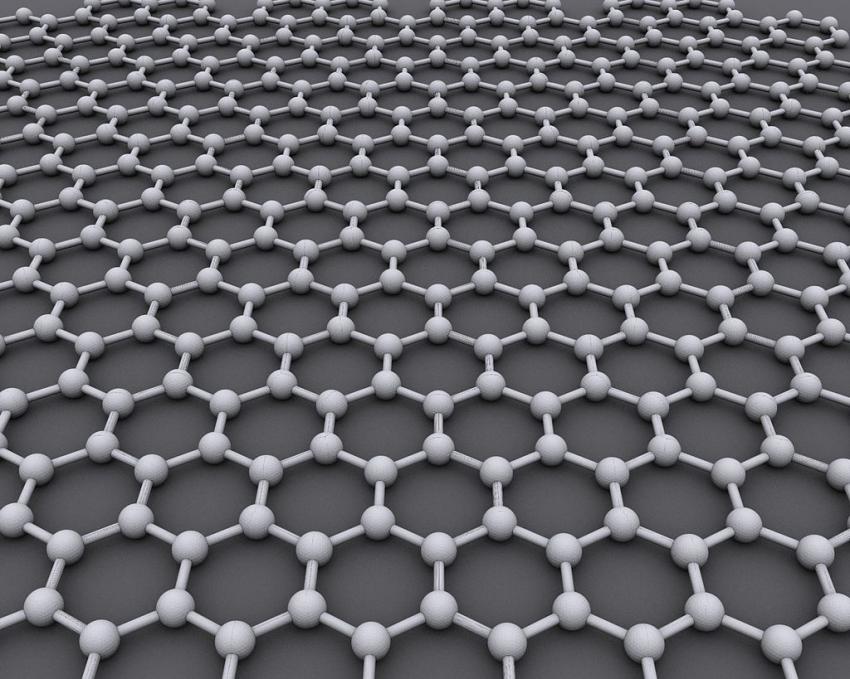- AI model beats CAPTCHA every time
- Scotland's net zero truck fleets need charging points on busy freight routes, report finds
- Higher blends of biodiesel fuel could cut transportation emissions
- How floating solar panels on wastewater ponds could help solve NZ's electricity security crisis
- Union says new Boeing pay offer 'missed the mark'
What do you believe is the single most important factor driving up the cost of living in Nigeria?

High-pressure reactions can turn nonporous rocks into sponges
In deep Earth, rocks take up and release water all the time, and the effects can be wide reaching. Dehydration can cause rocks to crack and trigger earthquakes, and over geologic timescales, this water cycling can influence plate tectonics and move continents.
Schmalholz and team asked how water can move through impermeable rocks, such as those found in mantle wedges, the deep lithosphere, and the lower crust. They hypothesize that certain reactions can cause temporary porosity in these rocks. By mathematically modeling the hydration and dehydration of rock at high pressure, they derived equations to estimate how the porosity of rock changes as water cycles through it.
The research is published in the journal Geochemistry, Geophysics, Geosystems.
Previous work suggested that at very high temperatures, minerals can react with each other to form denser minerals, squeezing water out of the minerals and generating less dense, more porous rocks in the process.
As the reaction progresses, a "dehydration front" moves through the rock. On the other hand, some reactions cause rocks to act like dry sponges, soaking up surrounding water and becoming denser. The progression of this reaction is known as a hydration front.


- September 24, 2024
Q&A: What's behind the ban on cell phones in K-12 schools?


- September 24, 2024
Sonrise Christian High School celebrates 16th graduation ceremony

- September 24, 2024
First Bank, fintech summit to focus on digital economy




- September 24, 2024
AI may add $30bn to Africa’s economy by 2034 – Report

- September 24, 2024
MTN MoMo, TOFA, AliExpress ink e-commerce deal
Subscribe to our mailing list to get the new updates!

Subscribe our newsletter to stay updated
Thank you for subscribing!




